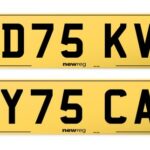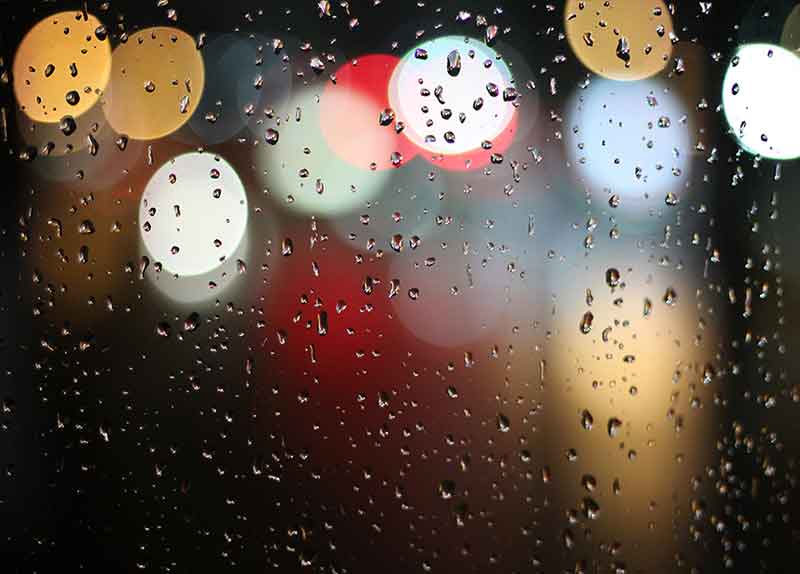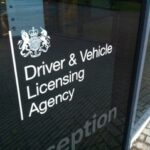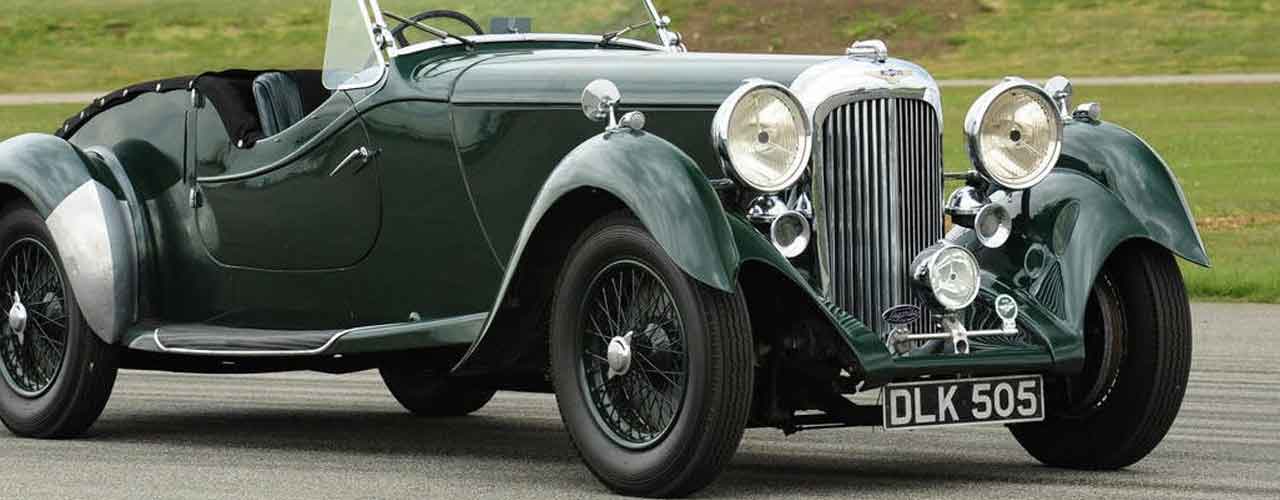Many drivers are enthusiastic about their number plates – or registration plates – as they view their customization as a way to inject some personality, and show off their individuality, when it comes to their vehicle.
We’ve all seen the standard acrylic plates – the ones featuring white and yellow backgrounds, with black characters on top. You might have also seen older, black and silver number plates of some classic cars, which, due to shorter registration numbers, are often smaller than usual. Vehicle owners may look for a way to alter their plates if they find the standard look to be on the boring side.
Drivers who want something different may opt for a personalised registration to make their car stand out a little more. Unfortunately, it’s not uncommon for drivers to go too far with their custom and personalised number plates – which can be a cause of legal issues.
One particular style of personalised number plate you might be aware of is a darkened, or tinted number plate. Quite often, these darkened number plates will be sported by cars with various other customised aspects, such as tires or bodywork. Clearly drivers find these plates to be aesthetically pleasing – but are darkened or tinted number plates legal on UK roads?
The legality of darkened number plates
Darkened, tinted number plates – also known as smoked plates – used to be somewhat of a grey area in regards to whether or not they are road legal. A darkened number plate can cause problems as the tint makes them unclear, and less readable. This problem is made worse at night, or in any other circumstance where the lighting is poor.
Additionally, darkened number plates have even been used by irresponsible drivers to bypass speed cameras and traps, as again, their dark tint means cameras have a harder time reading the numbers.
Since September 1st 2021, however, this grey area is no more. At this point in time, the new British Standard BS AU 145e was introduced for UK number plates – shining a light on the laws surrounding darkened and tinted plates.
What the law says
As stated on GOV.UK, your vehicle’s number plates need to be made from a reflective material. They must display black characters on a white background for the front plate, and a yellow background for the rear plate. These characters can’t be removable or reflective, and must also be a single shade of black if they were fitted after September 1st 2021. The plate’s background cannot be patterned.
Each plate must also be marked to show who the supplier of the plate was, and needs to be marked with a British Standard number. For a number or registration plate that was fitted after September 1st 2021, this would be BS AU 145e.
Considering that any kind of darkening or tint applied to your vehicle’s number plates would go against this legislation, it’s safe to say that darkened plates are not road legal number plates. GOV.UK also states that your number plates need to show the registration number correctly, meaning the letters and numbers can’t be rearranged or changed to make them less easily read. If you drive with ‘incorrectly displayed plates’, you could receive up to a £1000 fine, and in addition, your vehicle won’t pass its MOT.
It’s worth bearing in mind that if you have a DVLA personalised registrations, or a private number plate, these rules still apply. Also, if your number plates are being obscured by dirt, or anything else that isn’t specifically design related, that still counts as being displayed incorrectly.
This is especially important to consider for people whose number plates have raised, 3D characters, as mud can build up between and in the corners of the characters. Aside from that, plates that have previously been made with 3D characters are legal as long as they abide by the rules – although new 3D or hi-line plates are no longer legal.
Avoid illegal number plate manufacturers
Various illegal manufacturers exist, making money by way of selling number plates featuring illegal tints, colours, fonts, and spacing. They get around the law by insisting they’re being sold as ‘show plates’ – that is, plates that aren’t intended to be used on the road, instead being just for show at an event for example.
However, this comes across as wilful ignorance on the manufacturers part. With them being readily available, drivers easily purchase these number plates and then go on to use them on the road. This is, as we keep emphasizing, illegal. Using them as show plates, however, is perfectly acceptable.
Using darkened show plates
Show plates are number or registration plates that are display only. This means that while show plates are not road legal, it’s fine to use them in other situations, such as at a car exhibit or event, or even if you just want to take some pictures of your vehicle.
If you’re at all interested in darkened plates, be sure to only ever use them as show plates. The same goes for any unconventional number plate design – show plates are a great way of expressing creativity and individuality in a format that is safe.
When it comes to show plates, anything is possible – they’re far more customisable than any private plate. There’s no limit to tints, colours, fonts, characters, and so on. Artwork and patterns are also fine to use on show plates, so by all means, go wild. Just remember – show plates are absolutely NOT road legal!
If you’re in need of some advice on what aspects of number plate customisation are legal, be sure to contact us here at New Reg. Our professional team of experts will be able to provide all the support you need to ensure your vehicle’s number plates are allowed on the road.
Aluminium number plates
UK aluminium number plates are durable, lightweight, and offer a classic, premium finish, but they must meet DVLA standards to be legally used on the road.





